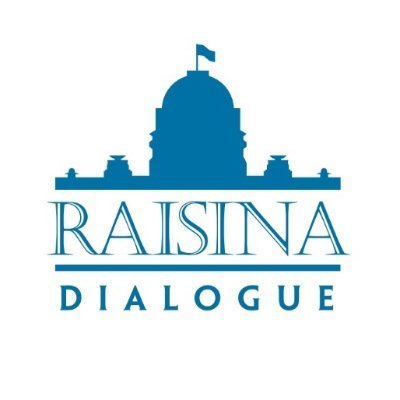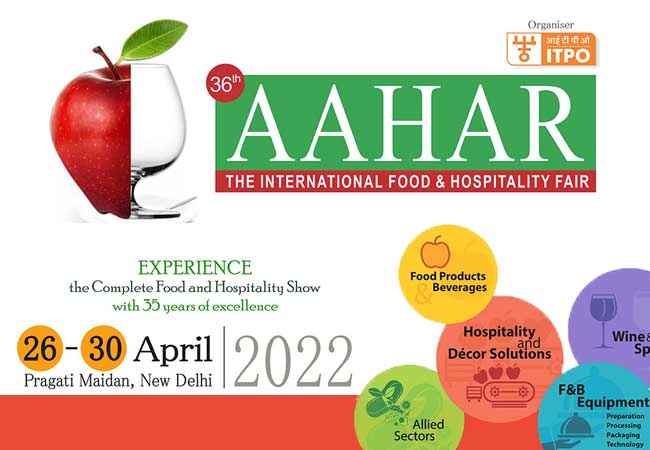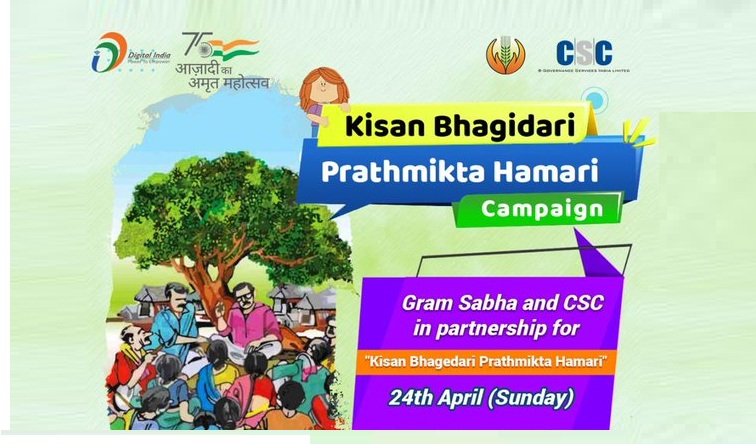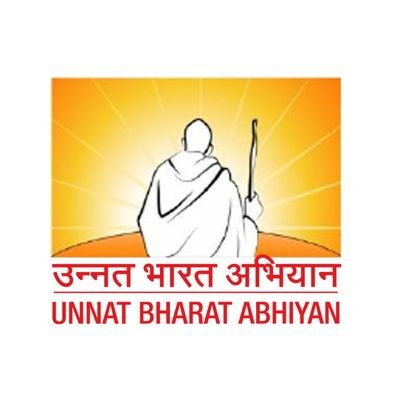DISCUSSION ON THE RAISINA DIALOGUE AND ITS SIGNIFICANCE

Copyright infringement not intended.
Context
- The Raisina Dialogue is a geopolitical event hosted by the Ministry of External Affairs in partnership with the Observer Research Foundation every year.
- The conference, which is named after Raisina Hill, where the Government of India's headquarters is located, has established itself as India's flagship conference on geopolitics and geoeconomics.
The Dialogue
- The Raisina Dialogue is a multi-delegate debate venue that attracts a diverse group of global officials, including cabinet ministers, heads of state, and executives from private organisations.
- The Raisina Dialogue is open to members of the media and academics as well.
- It followed the format of the Shangri-La Dialogue.
- In terms of India, the Raisina Dialogue's goals are as follows:
- To investigate future potential for Asian integration and to deepen Asia's integration with the rest of the globe.
- The Raisina Dialogue also emphasises India's critical position in the Indian Ocean Region and how it can work with its partners to create a stable regional/global order.
What is the significance?
- The Raisina Dialogue was founded in 2016 with the premise that the Asian century being discussed throughout the world was not limited to a single geographical location.
- It was more about the involvement of global players with Asia, as well as Asia's engagement with the rest of the globe.
- As a result, this discussion arose as a forum for the ancient and new to collaborate and explore their links and interdependence.
Aims and objectives
- Raisina has been effective in attracting participants from nations that are at odds with one another, such as the United States, China, Russia, Iran, and Gulf Arab countries.
- It brought technology leaders, media stars, and policy wonks from around the world, as well as political leaders and government officials, giving Delhi an opportunity to set out its stance on controversial measures in Kashmir and citizenship.
- Raisina is also assisting the formation of long-term intellectual networks between the Indian strategic community and its global counterparts.
- India is both more powerful in international affairs and more vulnerable to foreign events. However, its policy debate looked to be trapped in the past.
- Raisina was part of a plan to reframe the conversation and get rid of the bureaucratic pretence that the government knows best.
Conclusion
Indian foreign policy is to focus on core concerns, engage with a wide range of stakeholders, and manage, if not leverage, global contradictions. It's all about advancing interests in a multipolar world and contributing to the greater good. The Raisina Dialogue is an excellent venue for furthering India's foreign policy objectives.
https://newsonair.gov.in/News?title=PM-Modi-to-inaugurate-7th-edition-of-Raisina-Dialogue-tomorrow&id=439767
https://www.thehindu.com/news/national/raisina-dialogue-2022-significance-explained-detail-flagship-foreign-policy-conference/article65353541.ece
https://www.orfonline.org/raisina-dialogue/
NEWS IN BRIEF: PRELIMS SPECIAL
Unemployment rate in India

- According to the Union Ministry of Labour and Employment, the country's unemployment rate has decreased, and data from the Periodic Labour Force Survey shows that the country's labour force and work force have gradually expanded from 2017-18 to 2019-20.
- The data also shows that, during the same time period, the rise in female labour force and female worker population ratio is greater than the increase in male labour force and worker population ratio.
- According to the Ministry, projections from the Economic Survey 2021-22 show that employment increased by four crore 45 lakh in 2019-20 compared to 2018-19.
https://newsonair.gov.in/News?title=Union-Ministry-of-Labour-and-Employment-says-unemployment-rate-declined-in-the-country&id=439913
AAHAR – 2022

- The Agricultural and Processed Food Products Export Development Authority (APEDA) is hosting Asia's largest international food and hospitality show, AAHAR 2022, in Pragati Maidan in New Delhi, in collaboration with the India Trade Promotion Organization (ITPO).
- The exhibition will feature over 80 exporters from various agricultural product categories, including geographical indication items, processed foods, organic, and frozen food products.
- APEDA has set aside stalls for exporters from the North East and Himalayan states such as Jammu and Kashmir, Ladakh, Uttarakhand, and Himachal Pradesh, as well as women entrepreneurs, Farmer Producer Organizations, Start-Ups, and millet exporters.
https://newsonair.gov.in/News?title=Asia%e2%80%99s-biggest-international-food%2c-hospitality-fair-AAHAR-2022-commences-at-Pragati-Maidan%2c-New-Delhi&id=439855
‘Kisan Bhagidari Prathmikta Hamari’ Campaign

- The 'Azadi Ka Amrit Mahotsav' is launching a week-long campaign.
- The Ministry of Agriculture and Farmers Welfare, in collaboration with other Ministries, shall conduct events to raise awareness and publicise the schemes and programmes of the Ministry and other associated Ministries among a wide number of farmers around the nation.
- In collaboration with the Agricultural Technology Management Agency, ATMA, a day-long Kisan Mela will be held at all Krishi Vigyan Kendras across the country as part of the campaign.
- During the Kisan Mela, farmers will be informed about various government programmes from both the federal and state governments.
- During the week-long campaign, the Agriculture Minister will also kick off a country-wide Crop Insurance Workshop, which will be hosted by the Common Service Centre, CSC.
- More than one crore farmers and stakeholders are anticipated to take part in the campaign, which will be conducted both directly and virtually across the country.
Unnat Bharat Abhiyan 2.0

· Today marks the four-year anniversary of the Unnat Bharat Abhiyan 2.0.
· The UBA 2.0 was inaugurated on this day in 2018, with the goal of bringing about revolutionary change in rural development processes.
· Unnat Bharat Abhiyan is a flagship programme of the Education Ministry that intends to connect Higher Education Institutions with a group of at least five villages so that these institutions may use their knowledge base to help these villages improve their economic and social conditions.
· Its goal is to educate staff and students at higher education institutions about the reality of rural life.
· The system now has 748 institutions participating.
· In phase two of the project, 605 institutions were chosen.
· There are 313 technical institutions and 292 non-technical institutions among them.








